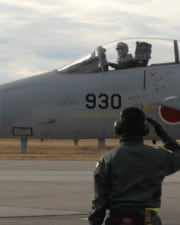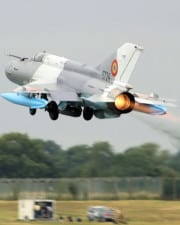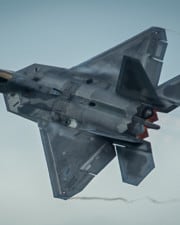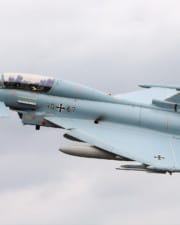People associate the Navy with ships and submarines. However, the Navy relies on a wide range of vehicles, including aircraft. In fact, the Navy has more planes compared to ships. The US Navy has over 3,700 operational aircraft and just 290 combat vessels, such as warships. The Navy’s fleet of planes consists of many different types.
Table of Contents
The US Navy has the largest fleet of aircraft carriers, with a total of 11 supercarriers currently in service. Each carrier can accommodate a total of 130 F/A-18 Hornets or about 85 to 90 mixed aircraft. On average, the typical carrier has 64 aircraft on board.
The Navy relies on planes for a variety of roles, from search and rescue to combat operations. Planes are also frequently used for electronic warfare, such as radar jamming and aerial surveillance.
When the Navy first began acquiring planes in the late 1910s, they struggled to find manufacturers to meet their limited needs. The US Navy then decided to build a Navy-owned aircraft factory and soon began manufacturing aircraft, starting with the H-16 patrol aircraft.
Along with the Navy-produced H-16, some of the first aircraft used by the Navy were airships. From 1922 to 1935, the US Navy used manned balloons for reconnaissance. During World War II, the Navy began using bomber aircraft, fighter jets, and a variety of other planes.
1. Combat Planes

Combat planes include fighter jets, bombers, and other aircraft equipped with armaments. Fighters are designed to destroy enemy aircraft during air-to-air combat. They typically offer superior maneuverability and speeds compared to other aircraft. The US Navy currently uses the F-35 and the F-18E for combat roles.
The F-35 Lightning II was developed by Lockheed Martin and is used by armed forces throughout the world, including the US Navy. The Navy acquired its first F-35 in 2019. It is a stealth jet with advanced avionics and top speeds of 1,200 mph.
The Boeing F/A-18E Super Hornet is another multirole fighter jet used by the Navy for combat missions and training. The Navy acquired its first Super Hornet in 1999 and still has 532 in service, making it the most-used plane in this branch of the military.
2. Airborne Early Warning (AEW) Planes
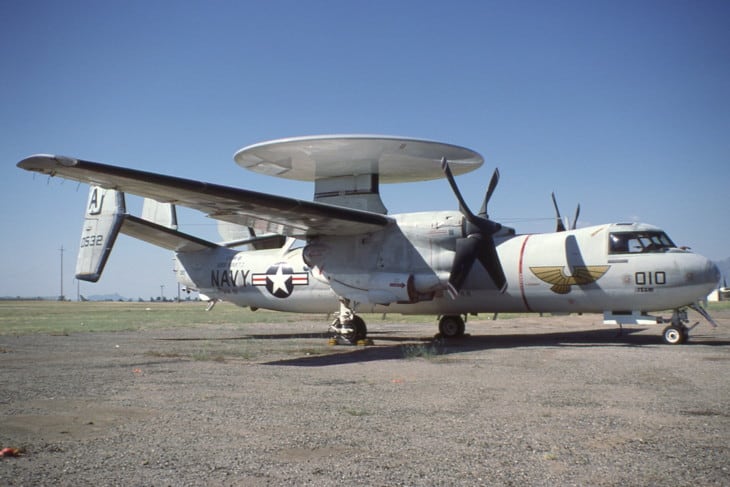
Airborne early warning (AEW) planes are equipped with radar systems to detect and track targets outside of the range of ground-based or ship-based radar systems. The Navy can fly these planes into battlespace to carry out surveillance and monitor ground units.
The Navy has 88 E-2 Hawkeye aircraft to serve as AEW planes. The Northrop E-2 is designed for flights in all types of weather. It obtains weather data from onboard sensors and sends the data to computers on the warship.
The original E-2 was released in 1960 and continues to receive updates. The latest versions of the E-2 aircraft include aerial refueling capabilities, which extend their mission time from four to seven hours. However, the update costs an additional $2 million per plane.
3. Radar Jamming Planes
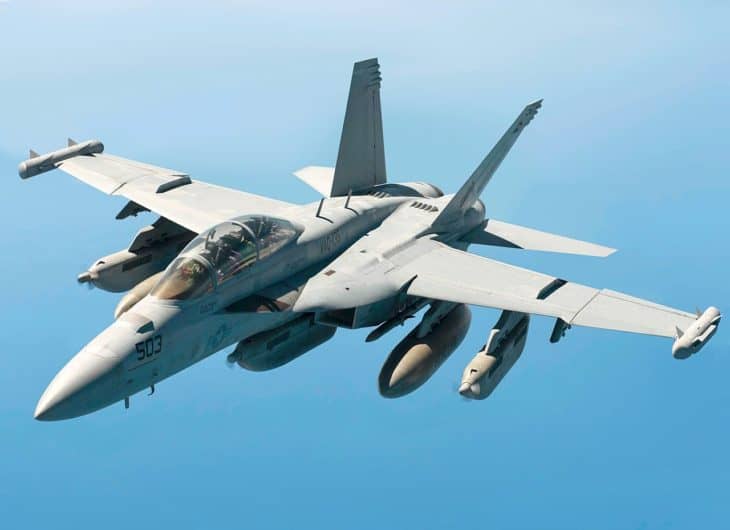
Radar-jamming planes are part of the Navy’s electronic warfare assets. These planes are equipped with advanced technologies designed to interfere with the enemy’s radar systems, allowing friendly aircraft and ships to approach enemy positions undetected.
The Navy originally used the Northrop Grumman EA-6B Prowlers for radar jamming duties. In 2008, the Navy ordered 57 Boeing EA-18G Growler aircraft to replace the older Prowlers. The new planes are modified versions of the F/A-18F Super Hornet.
Growlers are equipped with the latest radar jamming and detection technologies. Originally, three Growlers would fly together to triangulate the location of radar signals. However, Boeing started upgrading the planes to use advanced communication systems and faster data links for solo missions.
4. Transport Planes
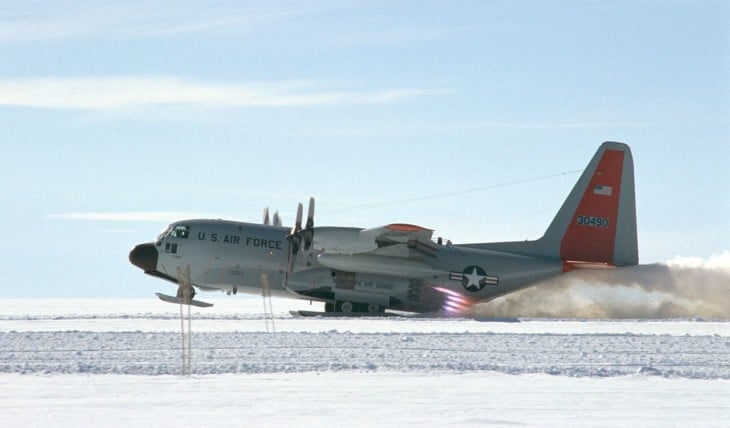
Transport planes are designed for transporting passengers and cargo. They have large cabins, which may include seating for passengers and straps for securing cargo. Transport planes also tend to have large fuel reserves and the ability to fly long distances. Some transport planes may also be used for aerial refueling.
The Navy has dozens of transport planes, including eight C-26 Metroliner and 20 C-130 Hercules aircraft. The Metroliner and the Hercules are modified versions of civilian aircraft. The C-26 can hold 19 passengers and is equipped with a radar signal modulator (RSM) to mimic the radar signature of any aircraft.
The C-130 Hercules was introduced in 1956, making it the longest continuously produced military aircraft. It has a capacity of 92 passengers or 72 combat troops, making it significantly larger compared to the C-26. The newest version features updated technology, allowing for a 41% shorter takeoff distance and a 40% greater range.
5. VIP Transport Planes

VIP transport planes are used to transport heads of state and high-ranking military officers. These aircraft tend to include many of the same amenities found on commercial passenger airliners. In fact, the C-40 Clipper is a modified version of the Boeing 737.
The C-40 Clipper is used by both the US Navy and the US Air Force. Compared to the civilian version, the military airplane has strengthened wings and landing gear. It is also equipped with auxiliary fuel tanks to provide an unrefueled range of 5,800 miles.
The Navy has 17 C-40 Clipper aircraft and three Gulfstream IV aircraft. The Gulfstream is a large plane designed to operate in virtually any weather. It was originally built for the National Oceanic and Atmospheric Administration (NOAA) to fly scientists around tropical cyclones at 45,000 feet.
6. Minesweeping Aircraft
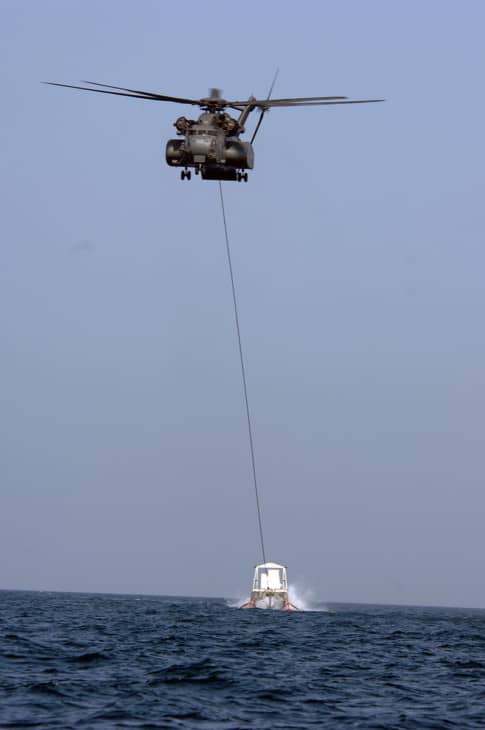
Minesweeping planes are designed to set off mines, providing a safe path for friendly units. The plane drags minesweeping gear through the water. The equipment often includes magnets designed to attract naval mines, helping to clear the waters.
The Navy uses several variants of the CH-53E Sea Stallion helicopter for most minesweeping duties. While the aircraft are often equipped with minesweeping gear, the Navy also uses them for transporting crew and cargo.
The Sea Stallion is a heavy-lift transport helicopter and the basis for the HH-53 “Super Jolly Green Giant” used during the Vietnam War. It can hold up to 55 troops or up to 30,000 pounds of cargo. The Navy currently has 29 of these helicopters in service.
7. Maritime Patrol
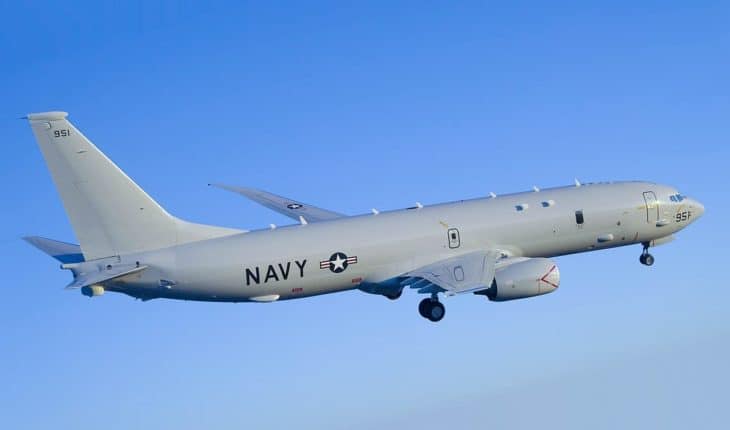
The US Navy employs several planes for providing maritime patrol and reconnaissance, including the P-3 Orion and the Boeing P-8 aircraft. The P-3 Orion was released in the 1960s. Sixty years later, the US Navy still has 41 P-3 aircraft in service, standing as a testament to the reliability of the design.
The Boeing P-8 Poseidon was built as a replacement for the P-3. Both the P-3 and the P-8 are used to patrol the waters. However, they are also armed with torpedoes and anti-ship missiles, making them useful for anti-submarine warfare (ASW) and anti-surface warfare (ASUW).
Along with fixed-wing planes, the Navy uses helicopters to patrol the waters and for anti-submarine warfare (ASW). The SH-60 Seahawk is a multi-use helicopter modeled on the US Army Blackhawk helicopter.
8. Signals Intelligence (SIGINT) Planes

Signals intelligence (SIGINT) planes are designed to intercept radio and radar signals and detect their locations. The Navy may use SIGINT planes to determine the location of enemy units based on their use of radio communications or radar equipment.
The Lockheed EP-3 is used by the US Navy for signals intelligence. The Navy ordered 12 of these planes in the early 1960s. It has the equipment to intercept signals from enemies, which are then deciphered by linguists and cryptographers on the ship.
The Navy plans on retiring the EP-3 planes and replacing them with unmanned aircraft. The replacements will include an MQ-4C Broad Area Maritime Surveillance (BAMS) unmanned aircraft and an MQ-8B Fire Scout unmanned helicopter.
9. TACAMO Planes

Take Charge and Move Out (TACAMO) planes are specialized aircraft intended to maintain communications links during nuclear warfare. By maintaining a fleet of TACAMO planes, the US Navy can ensure that decision-makers can continue communicating when all other communication methods fail.
The Navy has 16 E-6 Mercury planes for TACAMO purposes. The airplanes were first deployed in 1998 and replaced the Air Force’s EC-135Cs. The planes were developed by Boeing and cost $141 million per unit.
The fleet is currently based in the Tinker Air Force Base in Oklahoma. In the event of a major war, the fleet would be deployed to the skies to provide communication with nuclear submarines.
10. Training Planes
The US Navy has many trainer aircraft, including fighter jets, helicopters, single-engine planes, and twin-engine planes. The jet trainers are used to train Navy fighter pilots. Examples include the Northrop F-5, T-6 Texan II and the T-45 Goshawk.
Most of the fighter jets used for training purposes are planes that the Navy previously used for active service. For example, the F-16 Fighting Falcon was previously part of the Navy’s combat units. However, several of the newer F-35 and Boeing F/A-18E/F planes are also reserved for training purposes.
The Navy also has 75 T-34 Mentor aircraft. The Beechcraft T-34 is a single-engine military trainer aircraft released in 1953. It was often used for training student naval aviators but has mostly been replaced by the T-6 Texan II.
Related Posts





